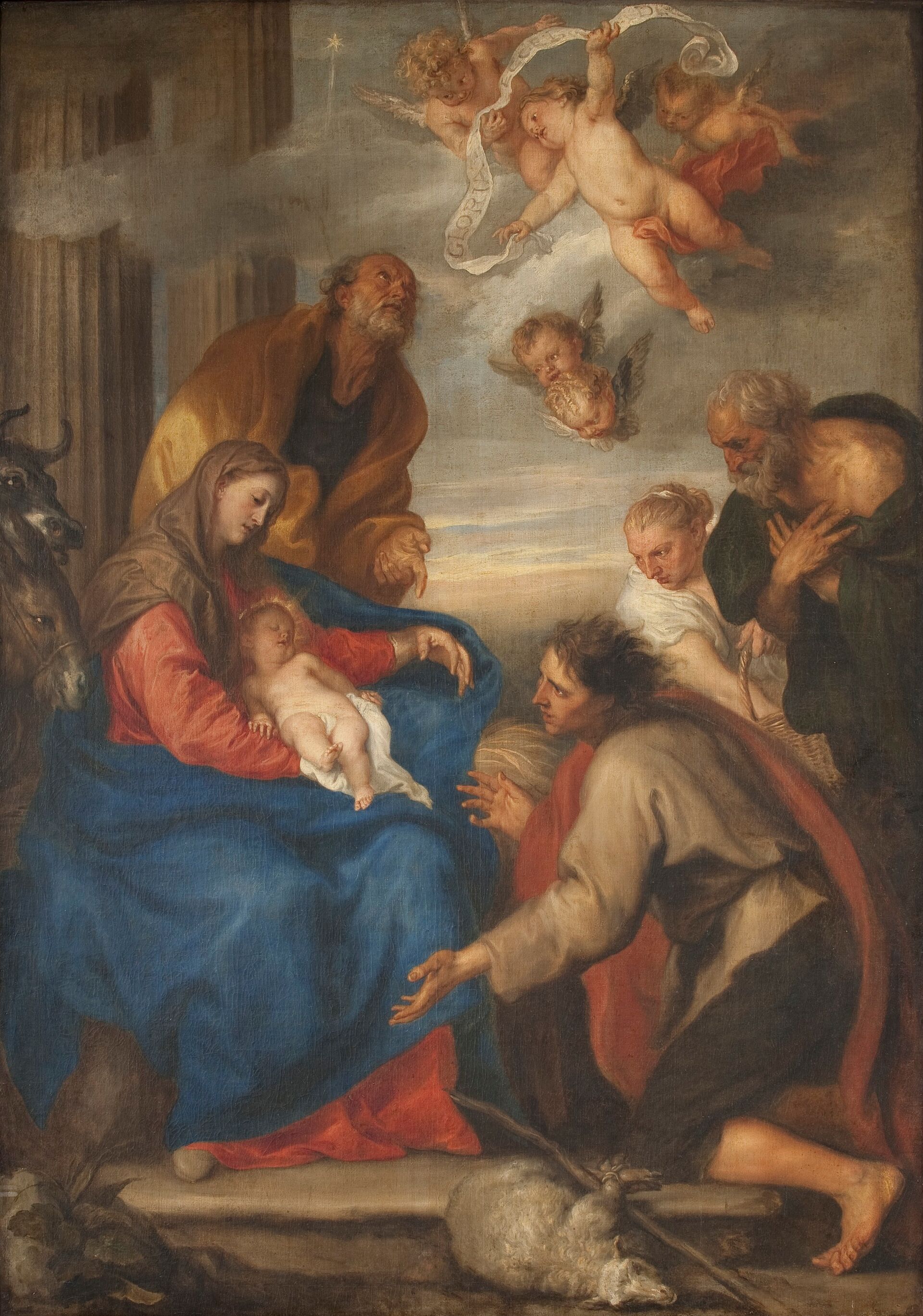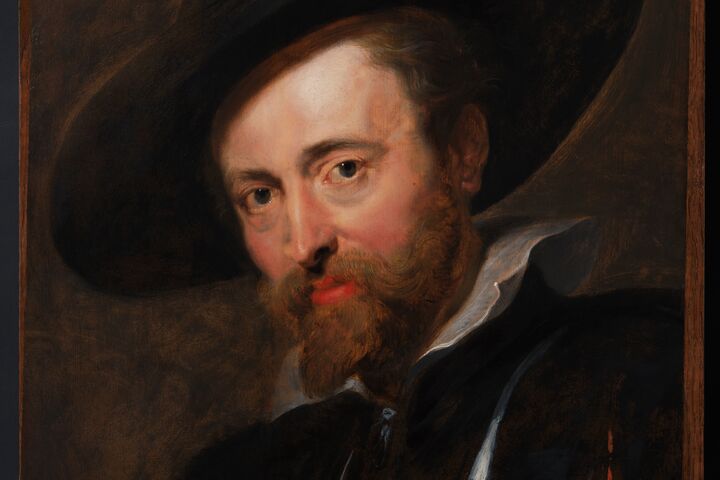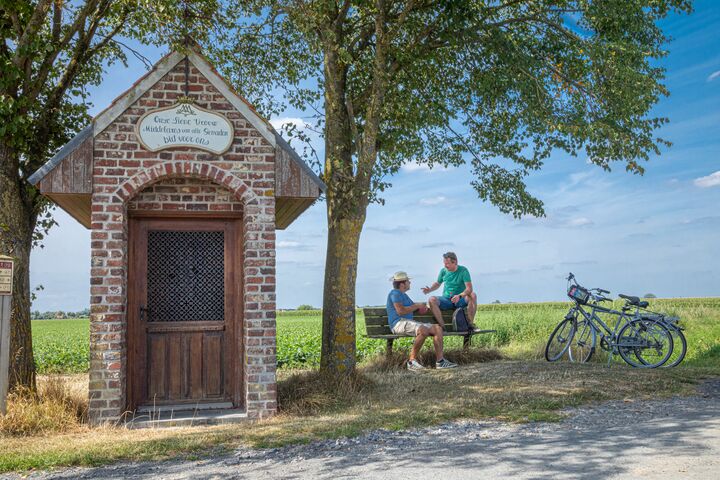What is remarkable about van Dyck is his technique, which – like Titian – is characterised by fast and visible brushstrokes. With the emotive expressions of his characters and his mastery in foreshortened perspective, he influenced numerous artists.
Van Dyck was active throughout Europe. He learned the craft with Rubens and then went to Italy to work at the court of Duke Charles Emanuel of Savoy. His success in Italy laid the foundations for his career in England, where he was knighted as the court painter of King Charles I.
The iconic portraits of van Dyck are unique in European art history. Like no other, he balanced the aristocratic with the informal and incorporated sublime architectural backgrounds and fabrics. His master tour takes you to Ghent, Dendermonde, Kortrijk and Zaventem, and you can also find traces of the master in Antwerp and Mechelen.


